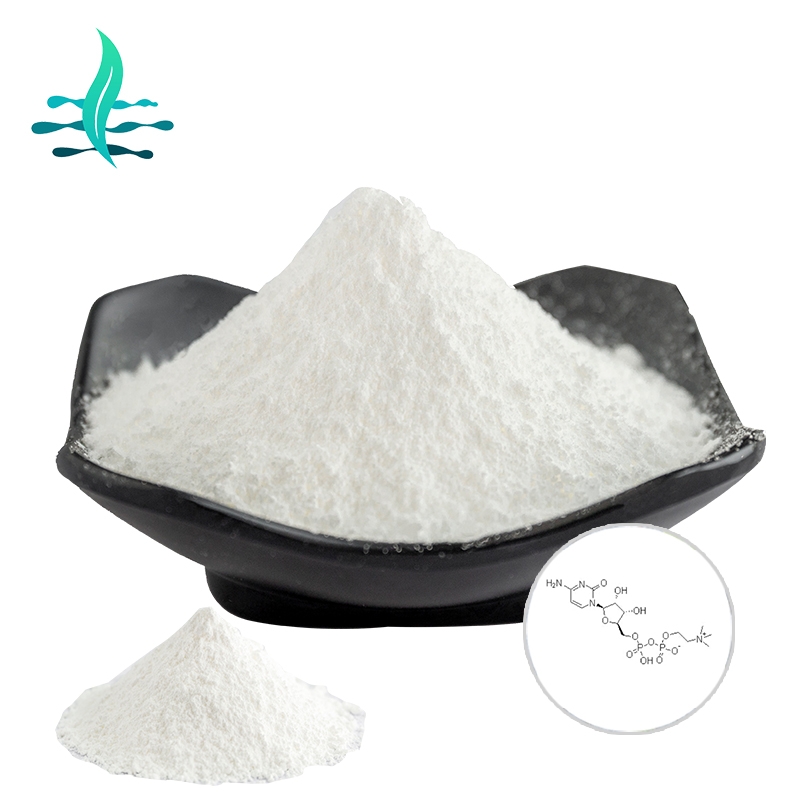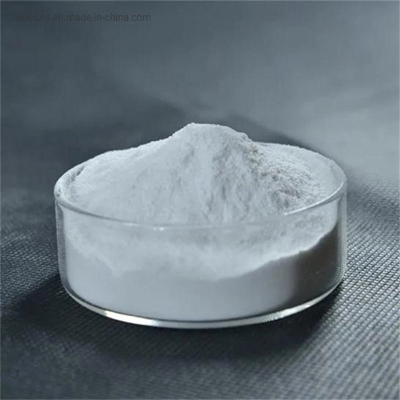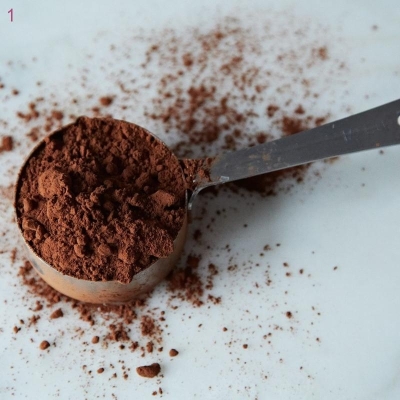Chinese herbal medicine can effectively reduce blood lipid in many diseases induced by Hyperlipidemia
-
Last Update: 2011-12-13
-
Source: Internet
-
Author: User
Search more information of high quality chemicals, good prices and reliable suppliers, visit
www.echemi.com
Core tip: take single Chinese herbal medicine such as turmeric, Shouwu, cassia seed, Ganoderma lucidum, etc., which has significant effect on reducing blood lipid, but before taking it, consult a doctor first Hyperlipidemia is an independent and important risk factor for stroke, coronary heart disease, myocardial infarction and sudden cardiac death And Chinese herbal medicine can play the role of lowering blood fat Here, we will introduce some single Chinese herbal medicine that can effectively reduce blood fat Alisma orientalis: it can obviously inhibit the formation of atherosclerotic plaques and the content of cholesterol in the blood of rabbits, inhibit the absorption of cholesterol in the intestine of mice and the synthesis of cholesterol in the body, and contribute to the operation and excretion of cholesterol It can interfere with the absorption, decomposition and excretion of cholesterol Hawthorn: Hawthorn plants are used abroad to make various preparations for the treatment of hyperlipidemia and coronary heart disease for many years It has been proved that the alcohol preparation and total saponins of Hawthorn can reduce blood pressure and blood lipid and reduce lipid deposition in experimental rabbits Ganoderma lucidum: experimental study shows that Ganoderma lucidum has a good effect on reducing blood lipid, and can reduce the degree of experimental atherosclerotic plaque and delay its formation in rabbits Shouwu: mainly inhibit intestinal absorption of cholesterol, and promote the transport and elimination of cholesterol in plasma In addition, Polygonum multiflorum can promote the cleavage of fibrinogen and delay the occurrence of atherosclerosis Cassia seed: Decoction and syrup tablet can be used to treat hypercholesterolemia, which has the effect of inhibiting the rise of blood cholesterol and the formation of atherosclerotic plaque Its lipid-lowering effect may be related to aloe emodin and emodin in cassia seed, which can promote intestinal movement and inhibit cholesterol absorption Wormwood: it has obvious effect of lowering blood cholesterol The coumarins contained in the wormwood have the activity of reducing lipid, which can reduce the serum cholesterol of animals and reduce the hardening of aorta Polygonum cuspidatum: the emodin component of Polygonum cuspidatum can reduce the excess of exogenous cholesterol into the body Animal experiments show that Polygonum cuspidatum has obvious lipid-lowering effect Puhuang: it can significantly reduce the absorption of cholesterol in the intestine, promote its excretion in the feces, and prevent atherosclerosis and reduce the role of serum sterol Garlic: garlic essential oil, the effective component of garlic, can prevent arterial lipid hyperplasia and cholesterol induced increase of β - lipoproteins and decrease of α - lipoproteins It can also significantly reduce the content of aortic cholesterol and atherosclerosis Mung bean and bean meal: bean has been reported to reduce blood cholesterol abroad, and mung bean is the most effective Therefore, soybean diet can reduce blood lipid, which may be related to its competitive inhibition of exogenous cholesterol absorption and increase of its excretion Turmeric: it can promote bile secretion, and its extract can significantly reduce the blood cholesterol content of experimental hyperlipidemia animals Turmeric alcohol extract, volatile oil and curcumin all have the effect of reducing blood cholesterol, triglyceride and β - lipoproteins, among which triglyceride is the most significant, and can reduce the content of cholesterol and triglyceride in aorta.
This article is an English version of an article which is originally in the Chinese language on echemi.com and is provided for information purposes only.
This website makes no representation or warranty of any kind, either expressed or implied, as to the accuracy, completeness ownership or reliability of
the article or any translations thereof. If you have any concerns or complaints relating to the article, please send an email, providing a detailed
description of the concern or complaint, to
service@echemi.com. A staff member will contact you within 5 working days. Once verified, infringing content
will be removed immediately.







